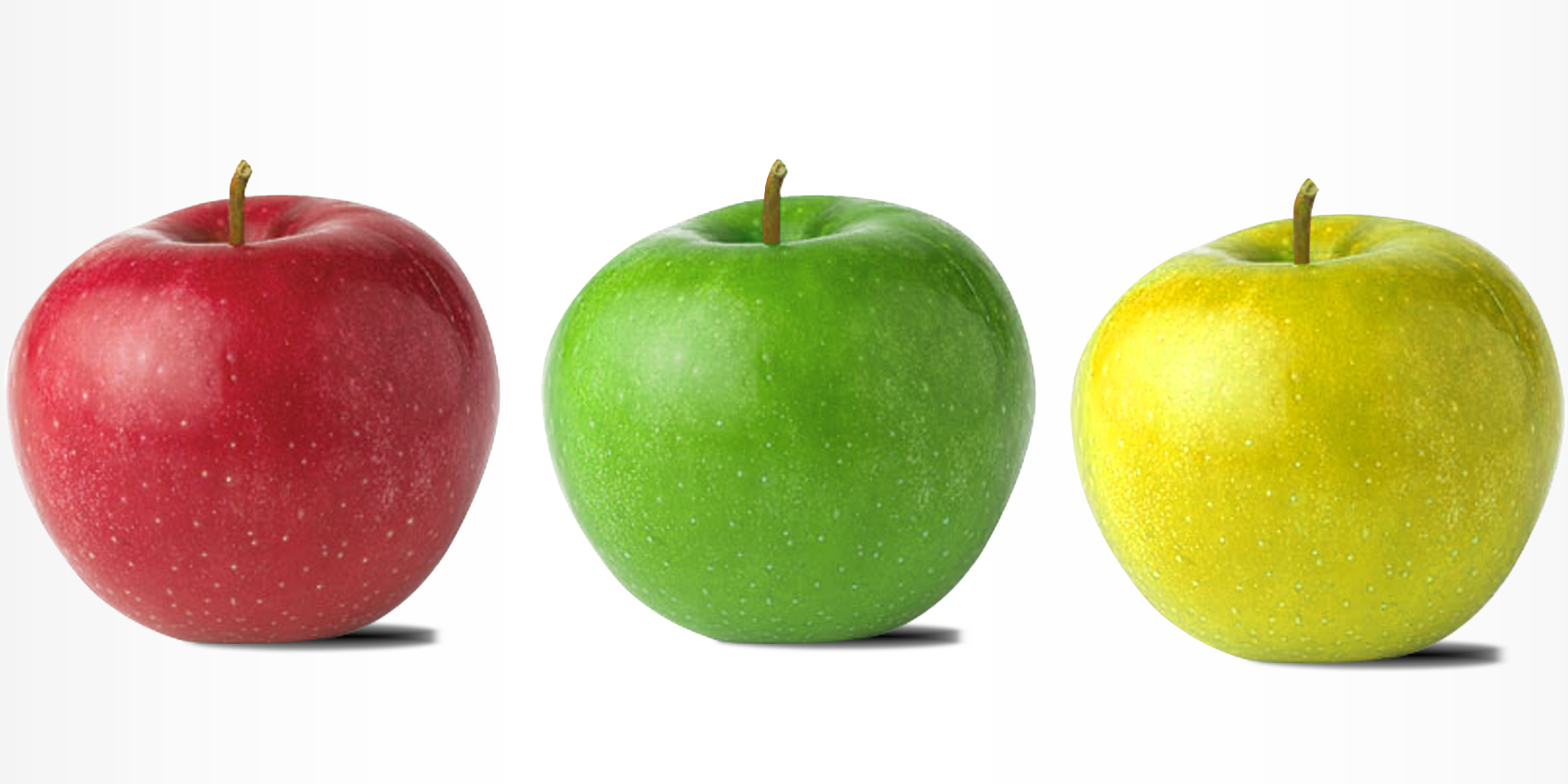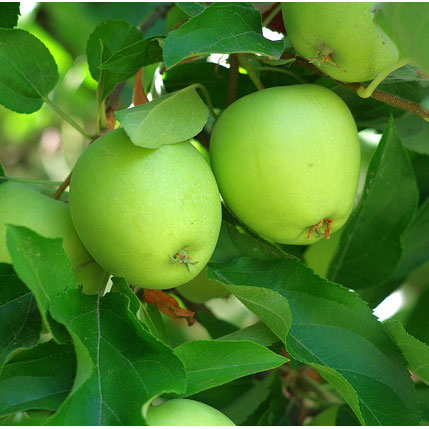
The overall reaction rate constant of decolouration, combining the effects of senescence and chilling injury, was found to depend on temperature. The variance accounted for by the developed model, including effects of temperature, harvest maturity and orchard location, was more than 95% on 3211 observations. The rate of the colour development was estimated in common (fixed effects) for all batches using non-linear mixed effects regression analysis. The biological shift factor is related to the initial condition and range of colour change. Monitoring of individual apples made it possible to include and to describe the biological variance of colour in batches of apples and to correct the colour of each apple individually for its own biological shift factor (biological age random effect).

A model was developed based on a simplified mechanism to describe the development of the apple colour during storage as affected by senescence (aging) and chilling injury. N2 - The colour of `Granny Smith¿ apples, harvested from three orchards at two stages of maturity, was measured individually using the CIE L*a*b* system during storage in regular atmosphere at three temperatures: 1, 4 and 10 ☌. T1 - Biological varience in the colour of Granny Smith apples Modelling the effect of senescence and chilling injury The temperature that showed the lowest overall reaction rate of decolouration is 8 ☌, which is in contrast with the currently recommended storage temperature for `Granny Smith¿ apples.", The temperature that showed the lowest overall reaction rate of decolouration is 8 ☌, which is in contrast with the currently recommended storage temperature for `Granny Smith¿ apples.Ībstract = "The colour of `Granny Smith¿ apples, harvested from three orchards at two stages of maturity, was measured individually using the CIE L*a*b* system during storage in regular atmosphere at three temperatures: 1, 4 and 10 ☌.


The colour of `Granny Smith¿ apples, harvested from three orchards at two stages of maturity, was measured individually using the CIE L*a*b* system during storage in regular atmosphere at three temperatures: 1, 4 and 10 ☌.


 0 kommentar(er)
0 kommentar(er)
